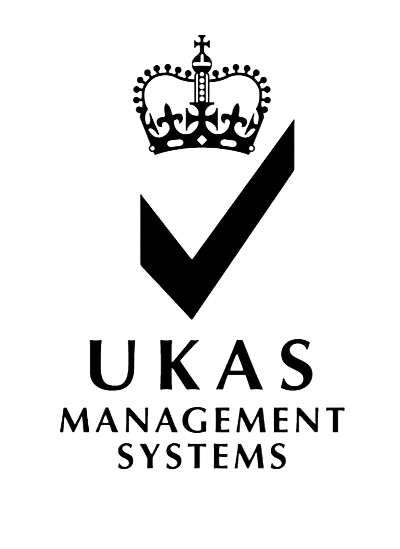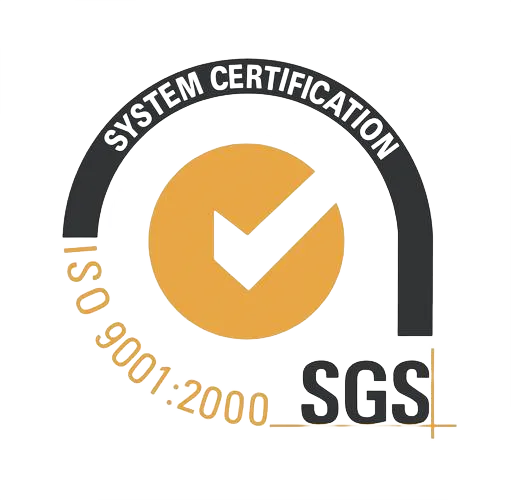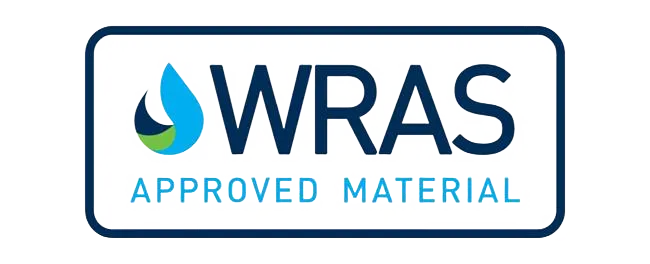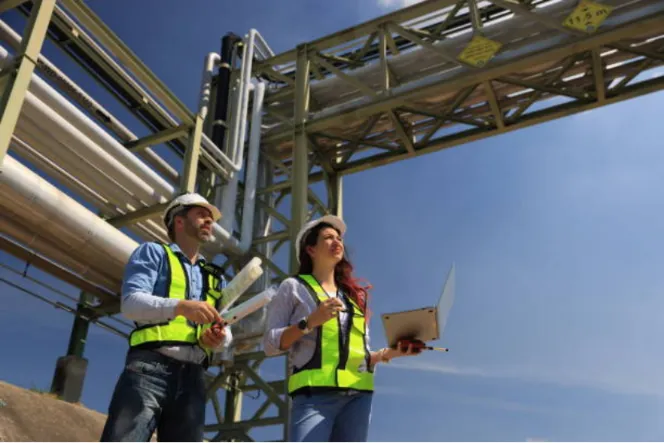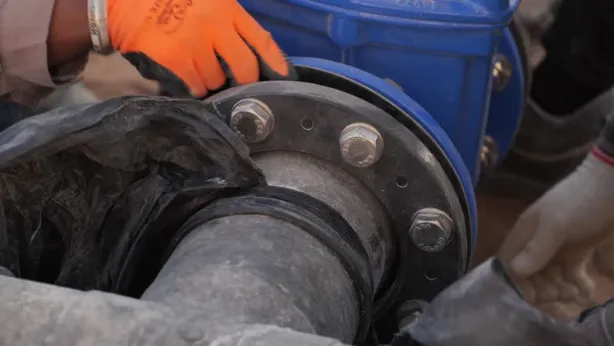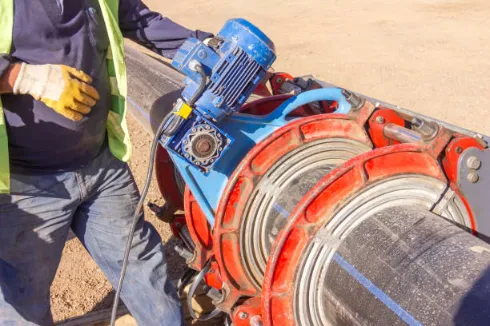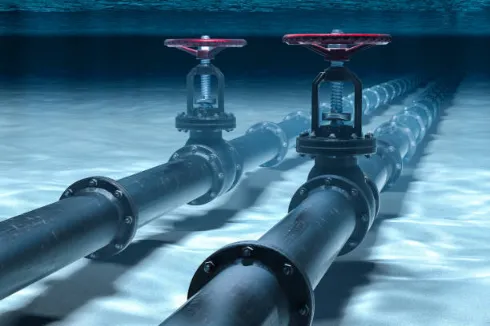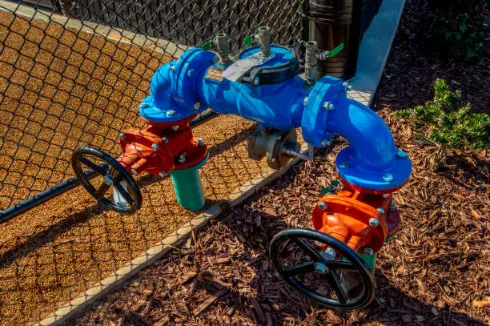Introduction – Why Pipe Pullout Happens
Pipe pullout is a common problem in pipeline setups, but it often gets ignored until something goes wrong. It happens when pipe sections are forced apart by strong internal pressure, shifting soil, or changing weather. In water lines, factory pipes, or oil and gas systems, this can lead to messy leaks, service delays, or even big damage. Restrained couplings are super important here. They create a tight seal and hold pipes firmly in place. A tiny misalignment or a quick pressure jump can cause major issues. So, learning how to avoid pipe pullout is really important.
What is a Restrained Coupling?
A restrained coupling is a special kind of pipe connector that does more than just join pipes. Unlike a basic coupling that only seals pipe ends, a restrained coupling also fights against forces that pull pipes apart. It keeps pipes steady, stopping them from moving due to internal pressure or outside shifts. You’ll see these in city water systems, industrial lines, or high pressure setups. They come in different styles, like mechanical grip types, bolted ones, or wedge style couplings. Each is made for specific pipe materials and system needs.
How Restrained Couplings Work
Restrained couplings have two big jobs: sealing and holding tight. The gasket makes a snug, leak free seal. Meanwhile, parts like teeth, wedges, or bolts grip the pipes to stop them from moving. When set up right, the coupling handles forces from sudden water surges, pressure spikes, or pipes expanding with heat. They’re especially helpful at bends, tees, and dead ends where pipes are more likely to pull apart. Some engineers say that even tiny shakes in high pressure systems can loosen regular couplings over time. A restrained coupling is an easy, solid fix to keep things secure.
Common Causes of Pipe Pullout
Internal Pressure
High pressure inside pipes is a major reason for pullout. When water, oil, or other fluids flow at high force, they can push pipe sections apart. In factories, pumps can cause quick pressure bursts, called water hammer. Even short bursts can mess up a regular coupling if it’s not held tight.
Soil Movement and Ground Shifts
Not all pullout problems start inside the pipes. Soil settling, frozen ground swelling, or earthquakes can shift pipes without warning. Places with soft or uneven dirt are especially risky. Bends and tees get extra stress because the pipe changes direction. These spots are weak points where joints can get pulled open.
Thermal Expansion and Contraction
Temperature swings affect pipes differently. Metal pipes grow and shrink with heat or cold. Plastic pipes stretch and squeeze. In long pipelines, these changes create pushing or pulling forces. Over time, this can nudge joints apart if not handled. Restrained couplings don’t fully replace expansion joints, but they help keep connections tight and lower pullout risks at key spots.
Proper Installation Techniques
Correct Pipe Preparation
Before putting on a restrained coupling, clean the pipe ends well. Get rid of dirt, grease, or rough bits that could mess up the seal. Check the pipe’s size and make sure it’s straight. Crooked or uneven ends can weaken both the seal and the grip. Even small mistakes can lead to leaks when pressure hits. So, always check the pipe’s measurements twice.
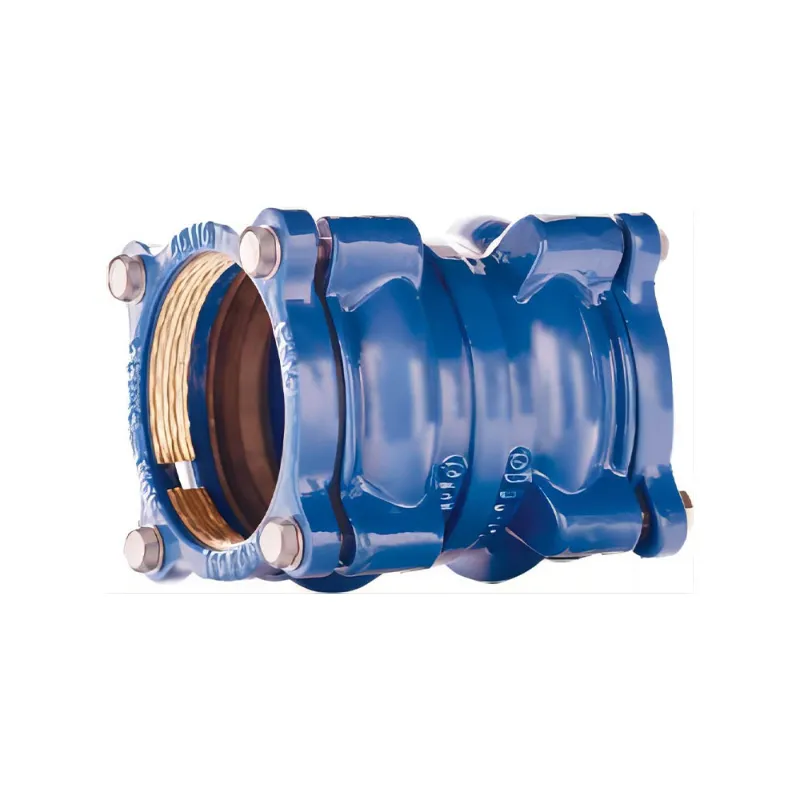
Alignment and Insertion
Lining up pipes correctly is super important. Pipes need to sit straight in the coupling without tilting or shifting. Push the pipe in to the right depth to squeeze the gasket for a tight seal. Some workers mark the pipe or use tools to check how far it’s inserted. This easy trick works well. Even a slight tilt can weaken the grip and make pullout more likely.
Securing the Coupling
After inserting the pipe, lock the mechanical restraint as the maker says. Tighten bolts evenly. Set wedges in the right spots. Uneven tightening or skipped steps can make the coupling less strong. In high pressure systems, this step is a must do. Spending a few extra minutes now can save hours of fixing later.
Maintenance and Inspection Tips
Regular Inspections
Even with a great setup, restrained couplings need checking now and then. Look at high pressure systems, areas with moving soil, or bends often for leaks, shifts, or wear. Regular checks can catch small problems before they turn into big, costly repairs.
Signs of Potential Pullout
Keep an eye out for clues like slight joint movement, small gaps, loose bolts, or tiny leaks. Over time, little issues can grow bigger. Simple looks or pressure checking tools can spot problems early before they get worse.
Repair and Replacement Practices
If a coupling is damaged or worn, replace it carefully. Turn off the system’s pressure first. Add supports to keep pipes still during the swap. Skipping these steps can turn a quick fix into a dangerous problem.
Advantages of Using Restrained Couplings
Restrained couplings do more than just stop pullout. They cut down on the need for thrust blocks, which are heavy concrete supports used to fight pulling forces. This saves time, space, and cash during setup. They also make pipelines more dependable and long lasting, especially in tough or high pressure spots. Maintenance gets easier because each joint is locked tight, reducing the chance of sudden breakdowns.
Conflex: Your Source for Quality Restrained Couplings
When it comes to sturdy pipeline connections, Conflex provides a broad selection of restrained couplings built for toughness and steady performance. These couplings are crafted to manage tough high pressure systems, shifting ground, and heat related stretching. They deliver a tight seal and a firm grip.
Conflex couplings work well with different pipe types, like metal, PVC, and PE. This makes them great for city water systems, factory pipelines, and business projects. Every piece is made carefully to match industry rules. This ensures pipelines stay safe and upkeep is made easier.
Conclusion
Stopping pipe pullout isn’t just about slapping on a coupling. It’s about knowing the forces involved, picking the right coupling, and following careful setup steps. Restrained couplings are an easy, powerful way to keep pipelines strong, fight pulling forces, and reduce repair hassles. With good prep, straight alignment, and regular checks, these couplings keep pipelines safe and working for years. Even in tricky situations, like shifting ground, sudden pressure jumps, or hot and cold swings, a well placed restrained coupling keeps things secure. Little things, like checking alignment and tightening bolts evenly, can make the difference between a solid pipeline and a big problem waiting to happen.
FAQ – Frequently Asked Questions
Q: Can restrained couplings be used on any pipe material?
A: They work with lots of materials, like metal, PVC, and PE, but you need to pick the right type and size.
Q: Do restrained couplings require maintenance?
A: Check them regularly, especially in high pressure systems. They usually last a long time, though.
Q: What is the difference between a regular and a restrained coupling?
A: Regular couplings just seal. Restrained couplings also stop pipes from pulling apart.
Q: Where are restrained couplings most critical?
A: They’re key at bends, tees, line ends, or high pressure spots where pullout is more likely.
Q: Can restrained couplings handle thermal expansion?
A: They help control pulling movement, but long pipelines might still need expansion joints.


